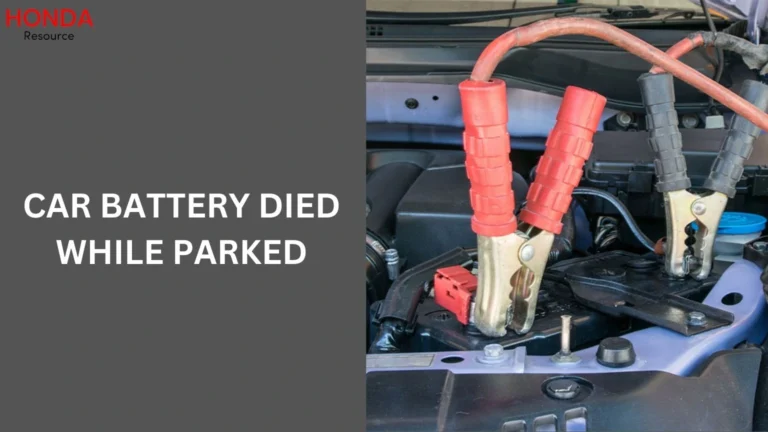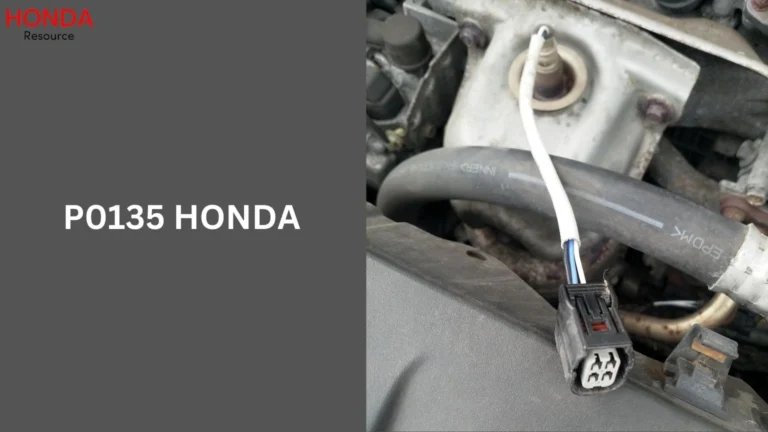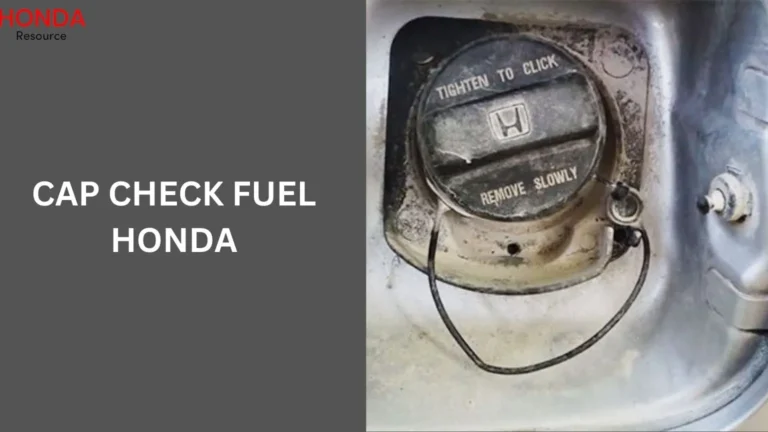Dash Lights Flickering Car Won’t Start (Fixing) of 2024
Dash Lights Flickering Car Won’t Start, Ever turned the key in your car, only to be greeted by flickering dash lights and a refusal to start? It’s one of those frustrating car issues that can leave you scratching your head. But don’t worry—this problem is often more common than you think and can be caused by a few key issues. Let’s dive into what might be going on and how you can fix it.
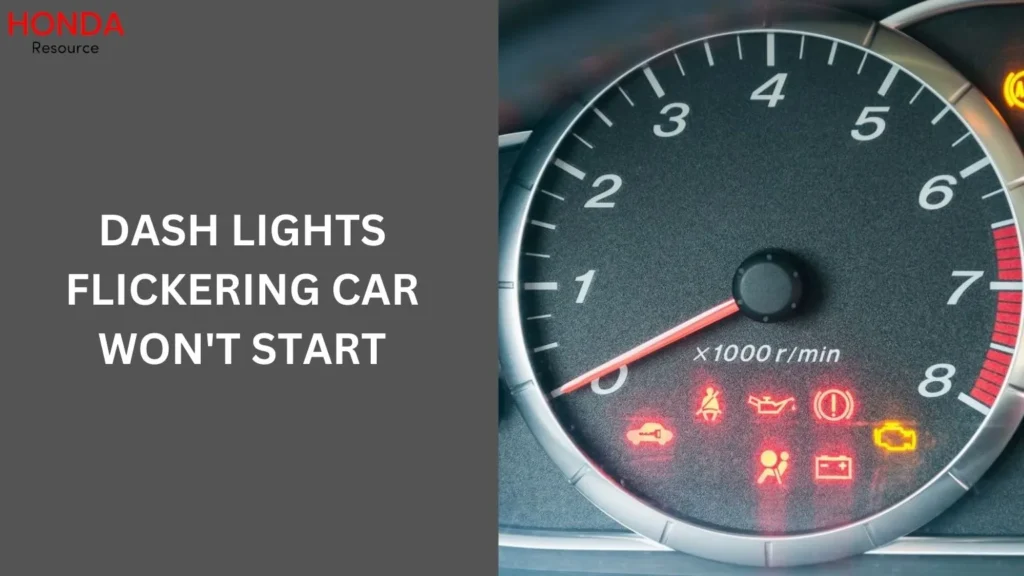
Common Causes of Flickering Dash Lights
When you notice your car’s dash lights flickering, it’s not just an annoying distraction—it’s often a sign that something’s wrong under the hood. Flickering lights can indicate various underlying issues, ranging from simple to complex. Understanding these causes can help you diagnose and address the problem before it escalates. Here’s a look at some common reasons why your dash lights might be flickering:
Electrical System Issues
When your dash lights flicker, it’s often a sign of electrical problems. Your car’s electrical system is like the nervous system of your vehicle, sending signals and power where needed. If there’s a glitch, like a loose wire or a failing component, it can cause those pesky flickers.
Battery Problems
Your car battery is essential for starting your vehicle and powering its electrical systems. A weak or dying battery might not have enough juice to keep everything running smoothly, resulting in flickering lights and potential starting issues.
Alternator Failures
The alternator charges your battery while the engine runs. If it’s failing, your battery might not get the charge it needs. This can lead to flickering lights and a car that won’t start. Think of the alternator as the power plant for your car’s electrical system.
Loose or Corroded Connections
Sometimes, the issue isn’t with the components themselves but with the connections. Loose or corroded connections can disrupt the flow of electricity, causing dash lights to flicker and the car to struggle with starting.
Diagnosing the Dash Lights Flickering Car Won’t Start
When you encounter flickering dash lights and a car that won’t start, pinpointing the exact cause can save you time and money. Here’s a step-by-step guide to diagnosing the problem effectively:
Checking the Battery
Start by checking your car battery. Look for signs of corrosion on the terminals, and make sure the connections are tight. If your battery is more than a few years old, it might be time for a replacement.
Inspecting the Alternator
Next, check the alternator. You can do this by starting the engine and measuring the voltage across the battery terminals. If the voltage isn’t within the recommended range (typically between 13.8 and 14.4 volts), the alternator might be at fault.
Testing the Fuses and Relays
Blown fuses or malfunctioning relays can also cause electrical issues. Locate the fuse box in your vehicle and check the relevant fuses for the electrical system and ignition. Replace any that are blown.
Examining Wiring and Connectors
Look for any damaged wiring or connectors that might be causing problems. Sometimes, a simple visual inspection can reveal loose or frayed wires that need attention.
Steps to Fix Flickering Dash Lights
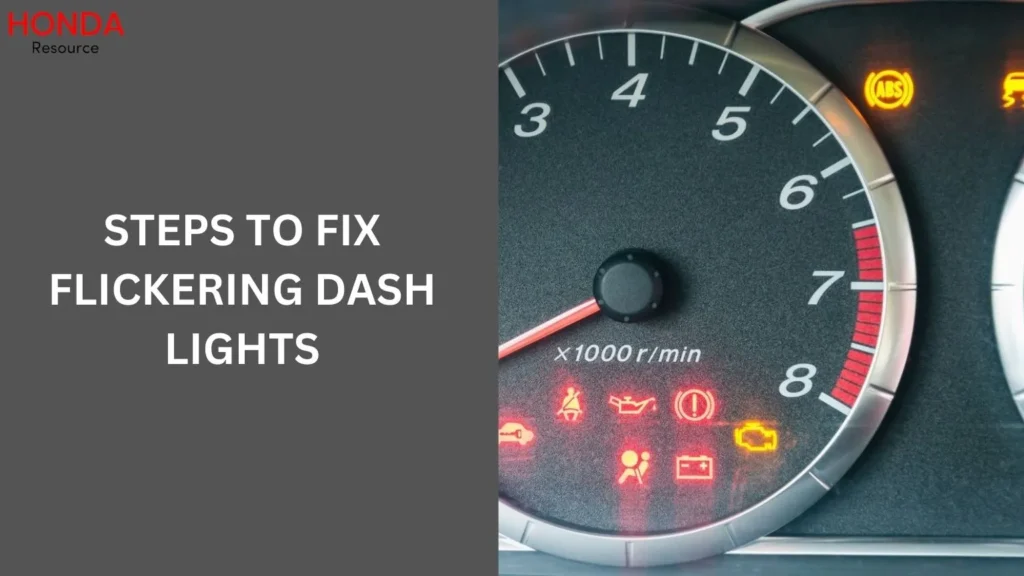
Once you’ve diagnosed the cause of your flickering dash lights, it’s time to take action. Here are the steps to fix the most common issues:
Replacing the Battery
If your battery is old or not holding a charge, replacing it can resolve flickering lights and starting issues.
- Remove the Old Battery: Disconnect the negative terminal first, followed by the positive terminal. Remove any securing brackets or clamps.
- Clean the Terminals: Use a battery terminal cleaner or a mixture of baking soda and water to clean any corrosion from the terminals.
- Install the New Battery: Place the new battery in the tray, secure it with brackets or clamps, and connect the positive terminal first, then the negative terminal. Ensure the connections are tight.
Repairing or Replacing the Alternator
If your alternator is failing, it needs to be repaired or replaced to restore proper electrical function.
- Disconnect the Battery: For safety, disconnect the battery before working on the alternator.
- Remove the Alternator: Loosen and remove the drive belt, disconnect the electrical connections, and unbolt the alternator from its mounting bracket.
- Install the New or Repaired Alternator: Reverse the removal steps to install the new or repaired alternator. Reconnect the battery and test the system.
Fixing Loose or Corroded Connections
Loose or corroded connections can disrupt the electrical flow, causing flickering lights and starting problems.
- Inspect the Connections: Check all relevant electrical connections, including battery terminals, grounding points, and connectors.
- Tighten or Clean Connections: Tighten any loose connections and clean any corroded terminals or connectors using a terminal cleaner or wire brush.
- Apply Terminal Grease: To prevent future corrosion, apply a thin layer of dielectric grease to the battery terminals.
Consulting a Professional Mechanic
If you’ve attempted the above fixes and the problem persists, it’s time to consult a professional mechanic.
- Schedule an Appointment: A professional mechanic has the tools and expertise to diagnose and repair complex electrical issues.
- Provide Information: Share the steps you’ve already taken to fix the problem. This can help the mechanic pinpoint the issue more efficiently.
- Follow Their Recommendations: Depending on the diagnosis, the mechanic might suggest additional repairs or replacements to resolve the issue completely.
Preventative Measures
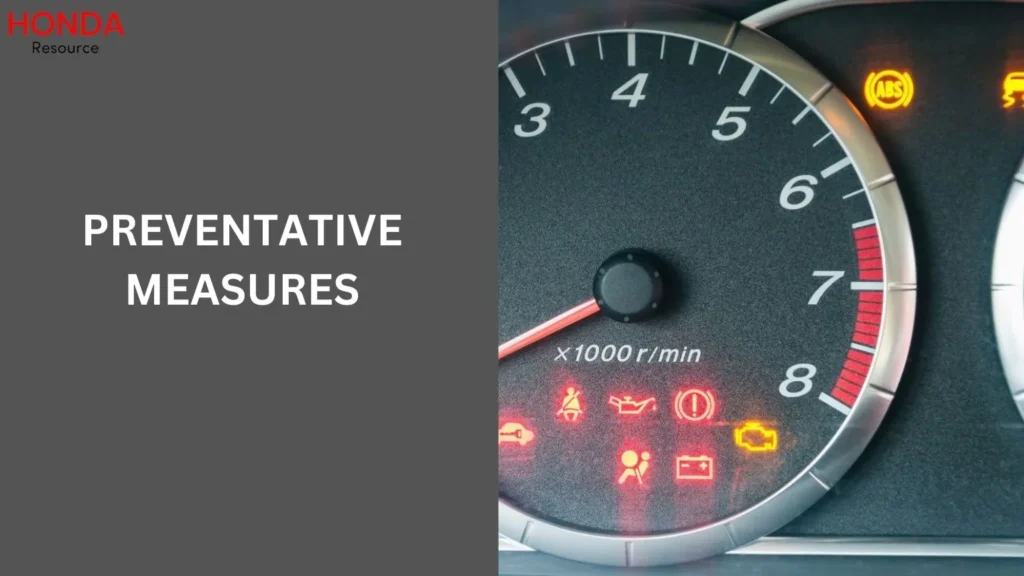
To avoid future occurrences of flickering dash lights and starting problems, follow these preventative measures:
Regular Maintenance
Keeping up with regular maintenance can help prevent electrical issues. This includes checking the battery, alternator, and wiring periodically.
Using Quality Parts
When replacing parts, make sure to use high-quality components. Cheaper parts might save you money upfront but can lead to problems down the road.
Monitoring Vehicle Performance
Pay attention to how your car is performing. If you notice any unusual behavior, such as flickering lights or difficulty starting, address it promptly to avoid bigger issues.
People also ask
Why are my dashboard lights flickering and my car wont start?
If your dashboard lights are flickering and your car won’t start, it’s often due to issues with the battery, alternator, or electrical connections. Here’s a quick rundown:
Battery Problems: A weak or dead battery can cause flickering lights and starting issues.
Alternator Issues: If the alternator isn’t charging the battery properly, it can lead to flickering lights and difficulty starting.
Loose or Corroded Connections: Poor connections or corrosion at the battery terminals can disrupt the electrical flow, leading to flickering lights and starting problems.
Why are the lights flashing and the car wont start?
If your car’s lights are flashing and it won’t start, it’s likely due to:
Battery Issues: A weak or dead battery can’t supply enough power.
Alternator Problems: A failing alternator can’t charge the battery properly.
Loose or Corroded Connections: Disrupted electrical flow from poor connections.
Why does my car start but the dash lights up?
If your car won’t start but the dash lights up, it could be due to:
Weak Battery: The battery has enough power for lights but not to start the engine.
Faulty Starter: The starter motor might be failing.
Ignition Switch Problems: A faulty ignition switch can prevent the engine from starting.
Fuel System Issues: Problems with fuel delivery can prevent the engine from starting even if the lights work.
Can a bad starter cause lights to flicker?
A bad starter typically doesn’t cause lights to flicker. Flickering lights are more commonly related to issues with the battery, alternator, or electrical connections. However, if the starter is drawing excessive power, it might contribute to electrical disturbances.
Conclusion
Flickering dash lights and a car that won’t start can be more than just a minor inconvenience—they can be signs of underlying electrical problems. By understanding the common causes and knowing how to diagnose and fix them, you can get back on the road with confidence. Remember, regular maintenance and quality parts are key to keeping your vehicle in top shape.

I’m Henry Leclerc, a passionate professional car mechanic with a deep love for Honda cars. With years of hands-on experience and extensive knowledge about all Honda car models, I’ve created this website to share my expertise and help fellow Honda enthusiasts keep their vehicles in top-notch condition.




